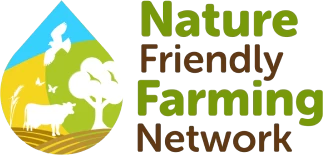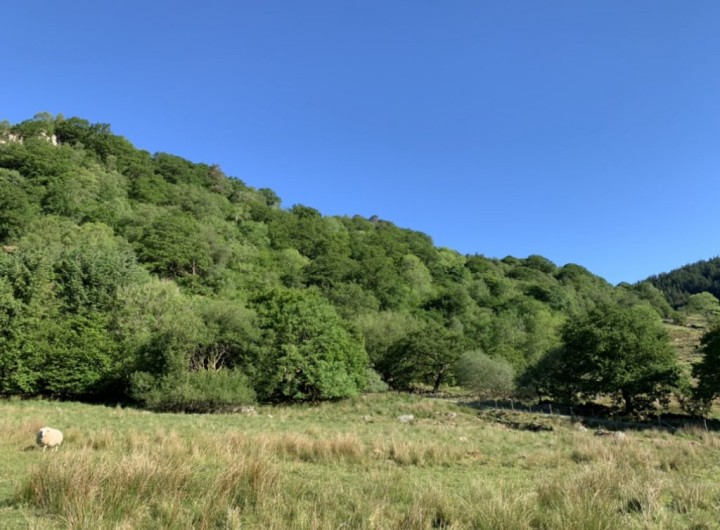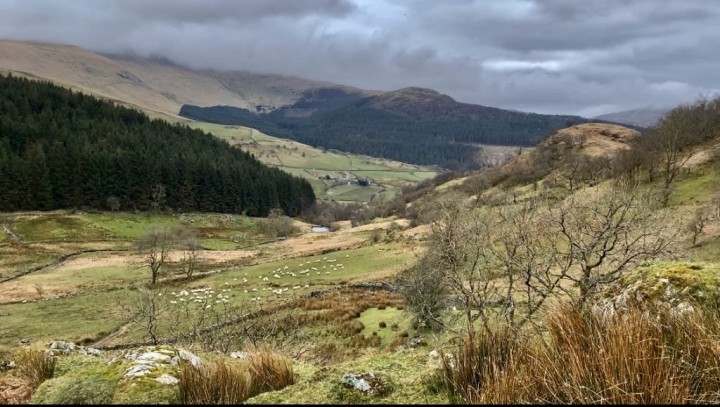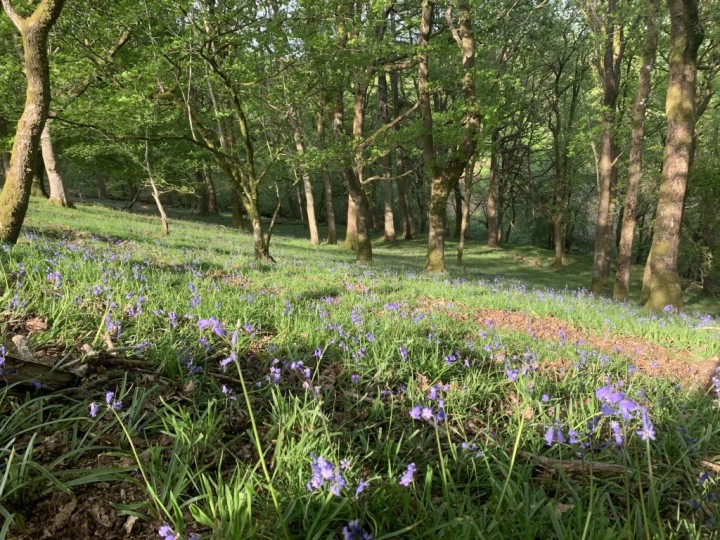On 12th July 2021, the Welsh Government announced plans for woodland creation in Wales. The Cabinet Statement by Lee Waters MS, Deputy Minister for Climate Change, outlines the need to plant 43,000ha of new woodland by 2030 and 180,000ha by 2050.
To help facilitate tree planting, the Welsh Government has launched The Woodland Investment Grant (TWIG) Scheme. The scheme will provide grants to enhance and expand existing woodlands and create new woodlands in Wales in accordance with the UK Forestry Standard.
The report reads: “Planting more trees is not only essential to help avoid catastrophic climate change but will provide a wide range of other benefits to Wales, including creating ‘green’ jobs, helping to address the nature emergency, increasing well-being, and mitigating flooding and air quality issues. Many of the trees planted will contribute to the new National Forest for Wales.”
Key points:
43,000ha of new woodland by 2030 and 180,000ha by 2050.
The vast majority of new woodland won’t be planted by WG, but by communities, farmers and other landowners across Wales.
WG will look to avoid planting on more productive farmland.
On farms, the focus shouldn’t be solely on the planting of new woodlands, but also the planting of ‘hedges and edges’, such as trees along field boundaries, scattered trees and shelterbelts.
WG has committed £17m to tree planting over the next two years through the Glastir Woodland Creation scheme. They’ll open a new window as soon as possible to allow more applications for this funding and ensure the full budget is spent.
Changes to woodland creation support will need to be consistent with plans to transition to the proposed Sustainable Farming Scheme.
It’s important to ensure good ongoing management of trees and woodlands and that there are continued strong protections for our ancient woodlands and trees
Meeting net zero, particularly in the construction sector, will also mean using much more timber in Wales. There is a real opportunity for timber processors and manufacturers in Wales to contribute to a ‘wood economy’ in Wales.
WG will establish a working group to consider models to attract investment in woodland creation without disrupting existing communities and patterns of land ownership.
There is no doubt that trees play a vital role in addressing the nature and climate crisis – woodland makes us more resilient to climate change and can create a nature-rich landscape that is beneficial to both farmland and wildlife. But when you drill down on the Government’s proposal, their target is the equivalent of planting at least 5,000ha per year. Last year, only 290ha of new woodland was planted in Wales, and annual woodland creation has not exceeded 2,000ha since 1975. In comparison, this is an ambitious stretch and a roll-out to this magnitude could have unintended consequences if not actioned cautiously.





